


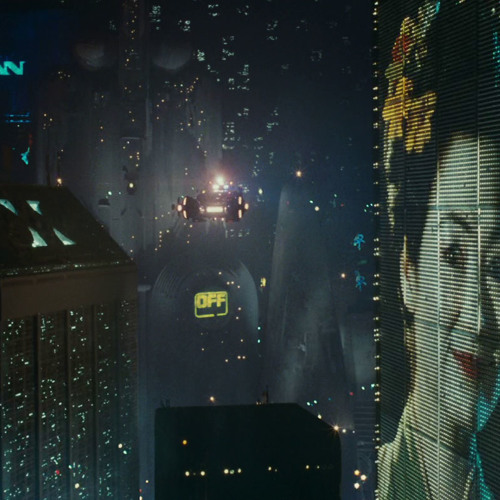
Vangelis
Blade Runner
Vangelis’ soundtrack for Blade Runner remains one of the relatively few soundtracks to establish an enduring reputation as fine music in its own right. Vangelis, by mid-1981 when he was first invited to view a rough cut of footage from Blade Runner, was at the peak of his fame as a solo artist, following a half-decade long run of successful albums[…] Vangelis cleverly chose to adopt the film’s aesthetic as his own. The film wielded futuristic sci-fi to film noir detective drama and action, owing much to psychological thrillers or horror. The most obviously jarring example of how Vangelis simulated this approach was his commissioning of the ragtime jazz song ‘One More Kiss’, which he positioned at the very centre of his album of cutting edge electronica.
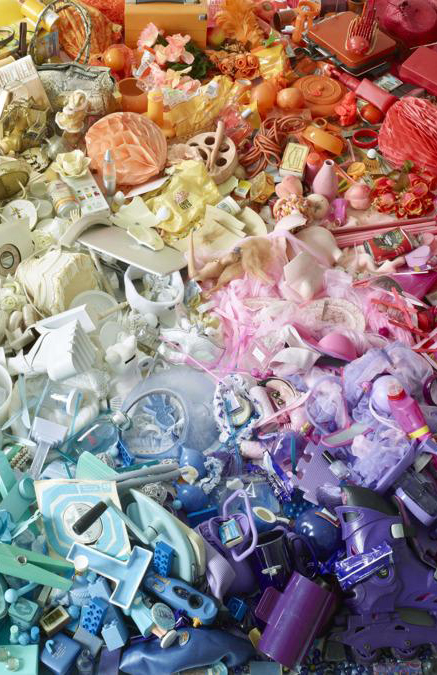
dan tobin smith
丹·托宾·史密斯
댄 토빈 스미스
дан Тобин Смит
color-codes kipple
The work references the fictional concept of ‘kipple’, as described by science fiction writer philip k dick’s 1968 novel ‘do androids dream of electric sheep’, later adapted into the film ‘blade runner’. ‘Kipple is useless objects, like junk mail or match folders after you use the last match or gum wrappers or yesterday’s newspaper. When nobody’s around, kipple reproduces itself…the entire universe is moving towards a final state of total, absolute kippleization.[…]

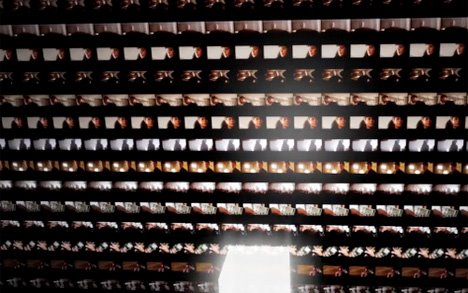
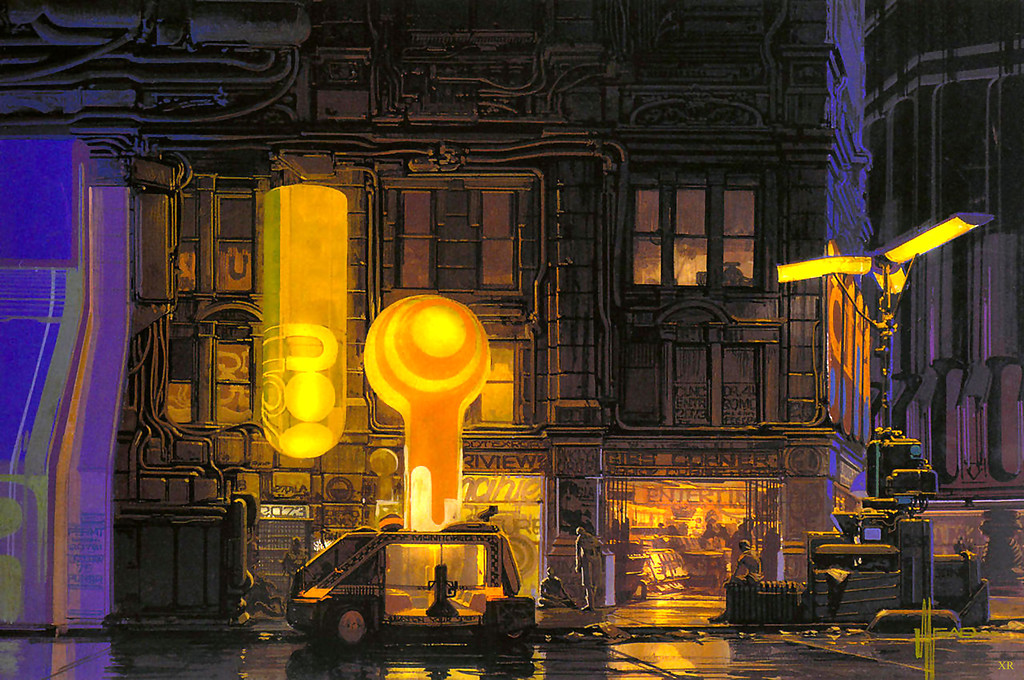

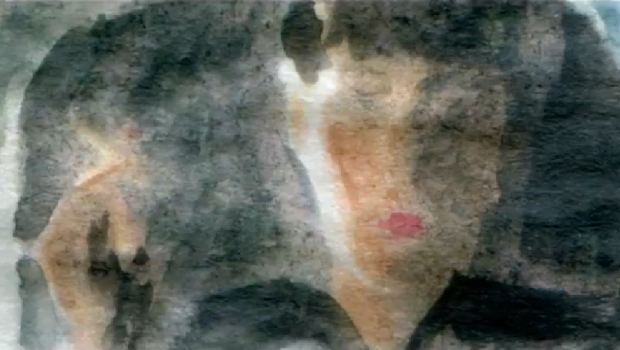

SYD MEAD
In 1979, projects began to include work with most major studios, on such feature films as Star Trek: The Motion Picture, followed by, Bladerunner, TRON, 2010, Short Circuit, Aliens, Time Cop, Johnny Mnemonic, Mission Impossible-3, and most recently Elysium starring Jodi Foster and Matt Damon, Directed by Neill Blomkamp. Beginning in 1983, Syd began to develop close working relationships with a number of major Japanese corporate clients, including; Sony, Minolta, Dentsu, Dyflex, Tiger, Seibu, Mitsukoshi, Bandai, NHK and Honda as well as contributing to two Japanese film projects, The New Yamato and Crises 2050. In the 1990s’, Syd supplied designs for two Japanese toy icons, “The New Yamato” and all eight robot characters in the new Turn-A Gundam mobile suite series which were also seen as characters in Television shows.

SONICE DEVELOPMENT
emerging colorspace
Julian Adenauer and Michael Haas
Emerging Colorspace was a robotic drawing installation, realized by the Berlin based duo of artists, designers and inventors Julian Adenauer and Michael Haas, aka Sonice Development, as part of the Red Never Follows exhibition the Saatchi Gallery in London last summer. A new version of the studio’s Vertwalker, a machine with the ability to move on vertical surfaces, walking on buildings, and crawling on interior walls. The machine autonomously applied paint to the wall using a marker, referencing the vertical streets in Minority Report, the flying cars in Bladerunner and 5th Element, or Spiderman, the Silver Surfer and the Green Goblin – just to name a few sources of inspiration that expressed the supernatural. Thousands of lines drawn with different colors gradually formed an increasingly dense colorspace that emerged during the more than 200 exhibition hours, while the wandering behavior of the machine followed simple algorithmic rules with random elements. The result was a web that constantly changed, and never looked the same, exploring new territories and the future in a way ordinary mortals can’t.